Composting is a gardener’s best friend, turning kitchen scraps and yard waste into nutrient-rich soil amendments. But what happens when you take it a step further? Can you plant directly into compost without any soil?
You can plant directly into compost, but it’s not as straightforward as it sounds. While compost is incredibly beneficial for plants, planting in 100 percent compost instead of soil can have its challenges. Compost is rich in nutrients, and many plants can thrive in it. However, it’s important to remember that compost and soil serve different purposes in the garden. Soil provides structure, water retention, and a place for roots to anchor themselves. Compost, on the other hand, is like a multivitamin for plants, providing a wide range of nutrients that boost plant health and growth.
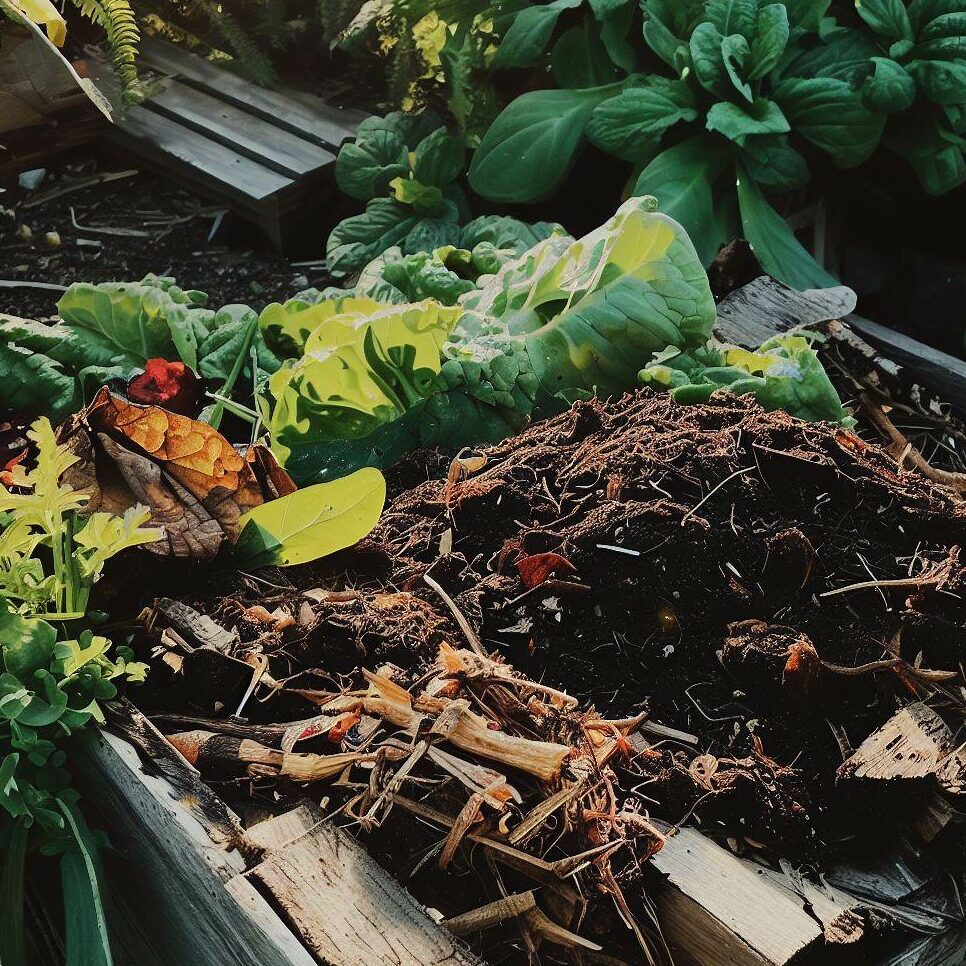
Planting in Compost Without Soil
Can You Grow Plants in Compost Only?
Yes, many plants will grow in compost alone, but they may not thrive as they would in a mix of compost and soil. This is especially true for plants that prefer a specific pH or nutrient balance, as compost can vary widely in its nutrient content.
Can You Grow Tomatoes in Compost Only?
Tomatoes, well-known for their substantial nutrient requirements, can flourish when grown in environments abundant in compost. These plants are heavy feeders, needing a rich supply of nutrients to produce their vibrant, juicy fruits. Compost, teeming with organic matter, offers these essential nutrients, making it a suitable growing medium for tomatoes.
However, it’s not just about nutrients. Tomatoes also require a stable structure for their roots, something that pure compost may not adequately provide. Despite its nutrient density, compost alone can be too loose, lacking the firmness that tomato roots need for optimal growth. Therefore, while compost is beneficial, it’s crucial to ensure it’s mixed with garden soil or another medium to provide the necessary structural support for the tomato plants’ roots.
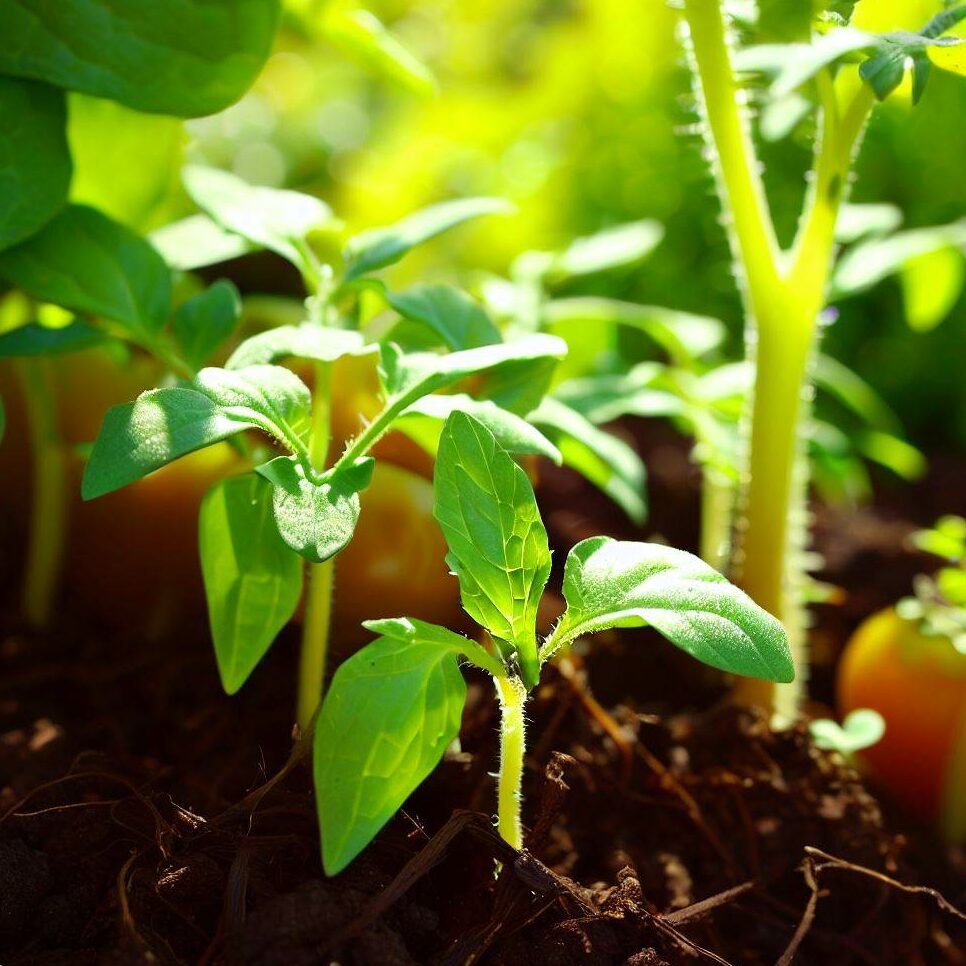
Can You Plant Flowers in Compost Only?
Flowers, in their beautiful diversity, can have a wide spectrum of soil preferences. Each variety, with its unique characteristics and needs, may thrive in different soil conditions. Some flowers may flourish in compost-rich environments, relishing the nutrient-dense conditions that compost provides. These are often the varieties that require a high level of nutrients for their growth and bloom.
Not all flowers prefer compost. There are those that favor a more traditional soil mix. These might be species that need a specific pH level, a certain soil texture, or a particular water retention capacity that a traditional soil mix can offer. For these flowers, a balanced mix of soil and compost might be the key to their successful cultivation.
Pro Tip: If you’re considering planting in pure compost, start small. Try planting a few different types of plants and see how they do before converting your entire garden.
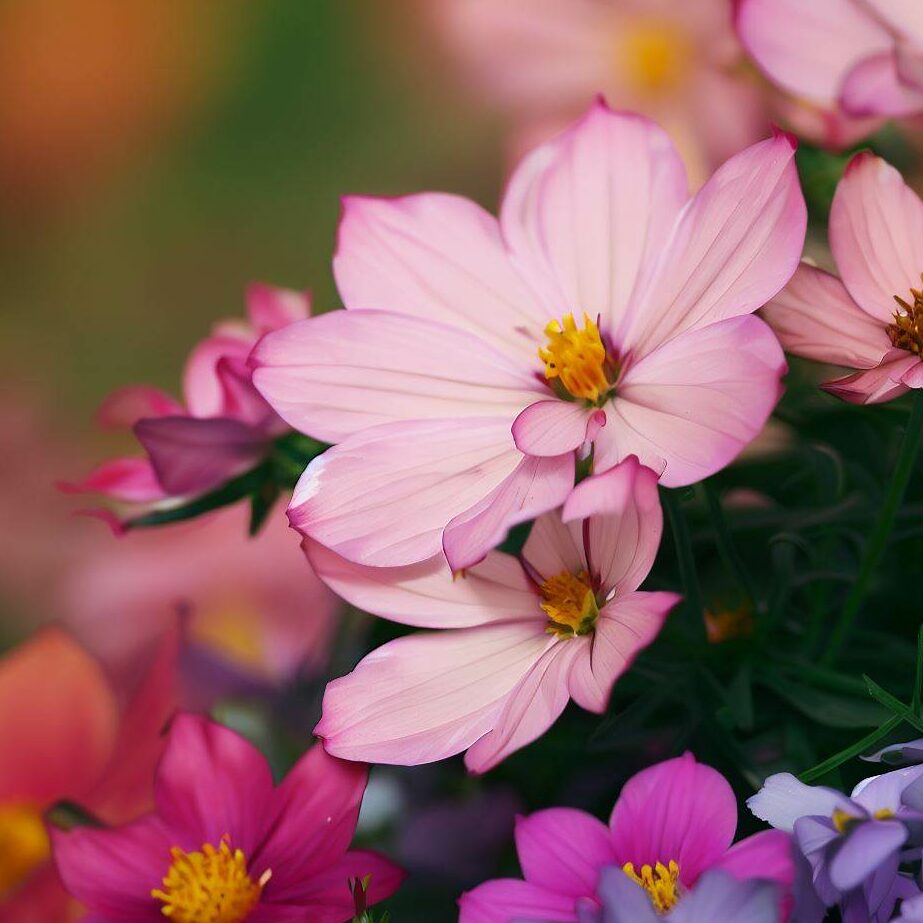
How to Mix Compost into Soil
Compost is a gardener’s gold, but knowing how to use it effectively is key. One of the most common ways to use compost is by mixing it into soil. But how exactly do you do that? Let’s get our hands dirty and find out.
Mixing compost into soil is a straightforward process that involves combining the two materials in the right proportions. The goal is to enhance the soil’s nutrient content and improve its structure without overwhelming the plants with too much of a good thing.
Can I Put Compost on Top of Soil?
Absolutely! This method, known as top-dressing, is an easy way to add compost to your garden. Simply spread a layer of compost 1-2 inches thick on top of your existing soil. Over time, the nutrients from the compost will leach into the soil below, providing a slow-release source of nutrients for your plants.
Can I Add Compost to an Existing Garden?
In this case, you can use a method called side-dressing. This involves placing compost around the base of your plants, being careful not to pile it against the stems. This method is especially useful for heavy feeders like tomatoes and peppers that benefit from an extra nutrient boost partway through the growing season.
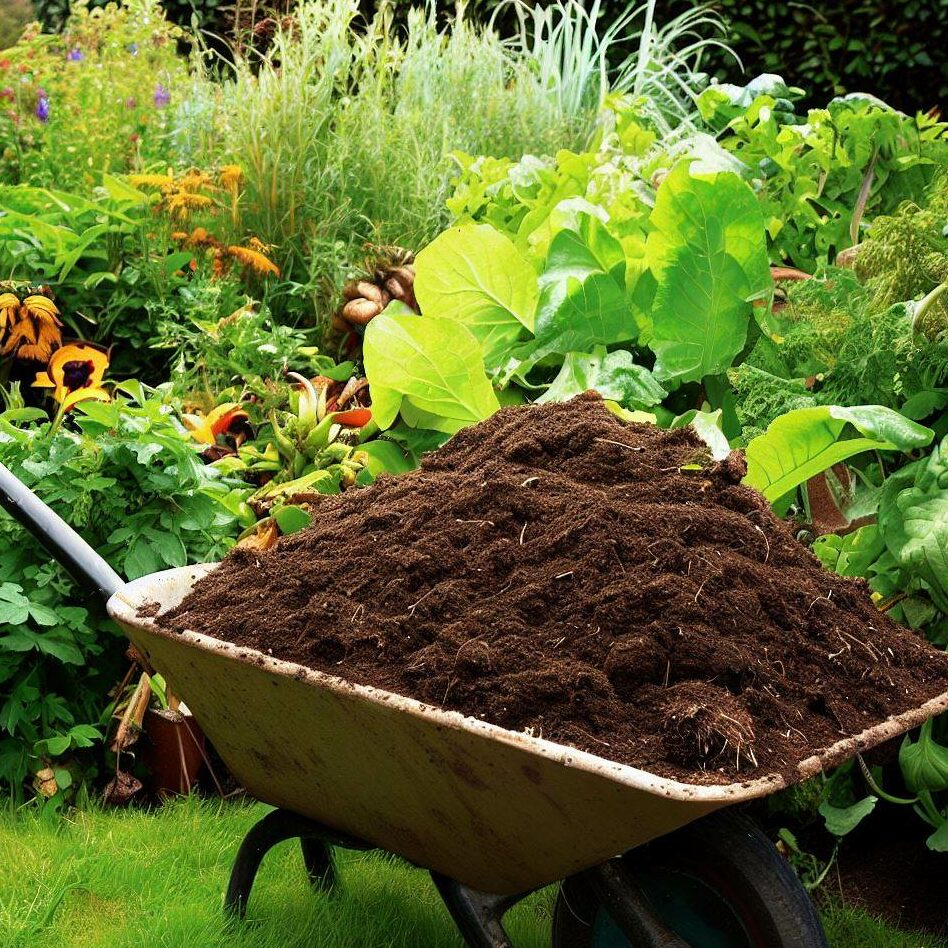
Soil to Compost Ratio for a Vegetable Garden
A good rule of thumb is to aim for a 3:1 ratio of soil to compost. This provides a good balance of nutrients without overwhelming the plants or altering the soil structure too drastically.
How to Add Compost to Potted Plants
For potted plants, you can mix compost into your potting soil before planting. A ratio of about 1 part compost to 2 parts potting soil is a good starting point.
Handy Hint: When adding compost to your soil, it’s important to make sure the compost is fully matured. Unfinished compost can rob your soil of nitrogen as it continues to decompose, which can stunt plant growth.
Here are some steps to mix compost into soil:
- Start by spreading a layer of compost on top of your existing soil.
- Use a garden fork or tiller to mix the compost into the top 4-6 inches of soil.
- If you’re preparing a new garden bed, you can mix the compost and soil in a wheelbarrow or on a tarp before adding it to the bed.
- Once the compost and soil are thoroughly mixed, water the area thoroughly to help the compost start to break down and integrate with the soil.
By following these steps, you can enrich your soil with compost and provide your plants with a nutrient-rich environment in which to thrive.
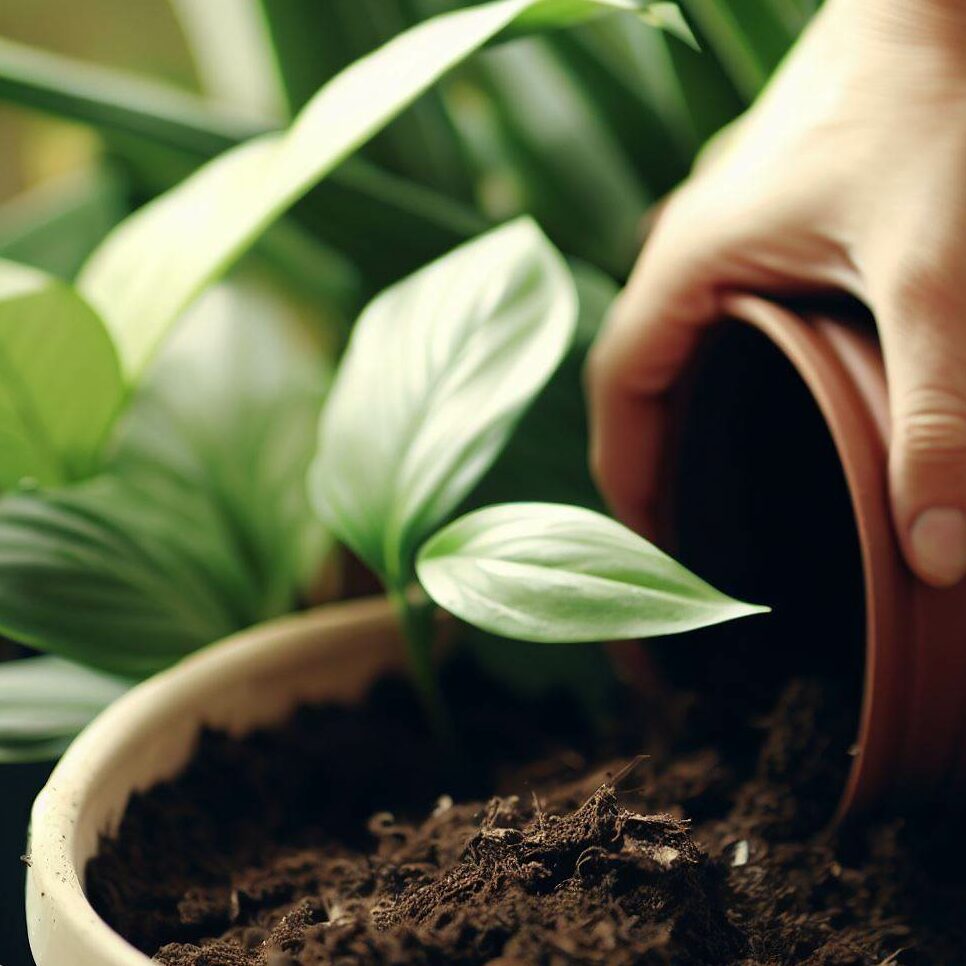
Plants That Grow Well in Compost
Compost is a nutrient-rich addition to any garden, but some plants are particularly fond of this organic material. So, which plants are the best candidates for a compost-rich environment? And what is the bestcompost for growing vegetables?
Growing Vegetables in Compost Piles
While many plants benefit from compost, certain vegetables are particularly well-suited to growing in compost-rich environments. These plants thrive in the nutrient-dense conditions that compost provides, making them excellent choices for compost-based gardening.
Vegetables, in particular, are great candidates for compost-based gardening. They have high nutrient needs and can benefit greatly from the rich, organic matter that compost provides. Here are a few vegetables that are known to thrive in compost:
- Tomatoes: These nutrient-loving plants thrive in compost-rich soil. The high nutrient content of compost provides tomatoes with the sustenance they need to produce juicy, flavorful fruits.
- Zucchini and other squash: These plants are heavy feeders and love the nutrient-dense environment that compost provides. Plus, the moisture-retaining properties of compost can be a boon for these thirsty plants.
- Beans and peas: These legumes benefit from the rich organic matter in compost, which can help improve soil structure and provide a steady supply of nutrients.
- Leafy greens: Spinach, lettuce, and other leafy greens can do well in compost, particularly when it’s mixed with regular garden soil.
- Potatoes: Believe it or not, you can grow a bumper crop of potatoes in a compost pile! The loose, rich compost makes an excellent growing medium for potatoes.
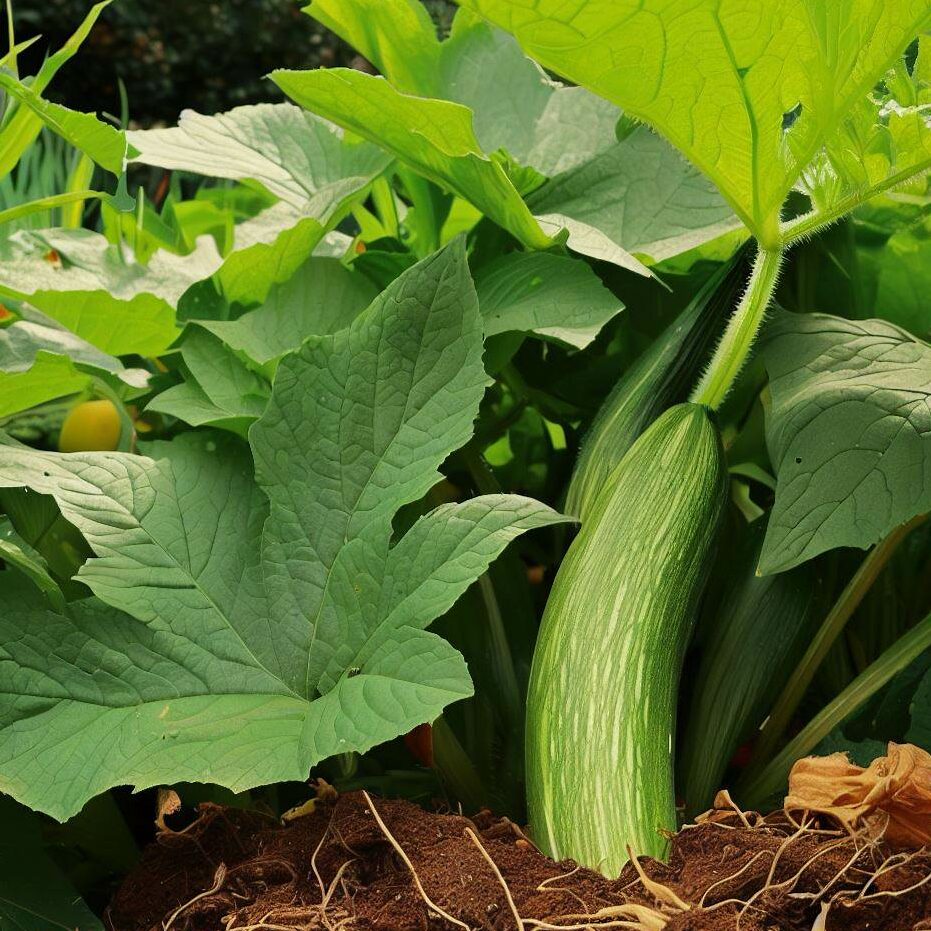
Pro Tip: When growing vegetables in compost, remember to keep the compost moist and turn it regularly to promote even decomposition and nutrient distribution.
But it’s not just vegetables that love compost. Many flowers, including marigolds, nasturtiums, and zinnias, also thrive in compost-rich soil. And don’t forget about herbs! Many herbs, including basil, parsley, and dill, can do well in compost.
Remember, while these plants can thrive in compost, it’s important to ensure the compost is well-rotted and mixed with garden soil for the best results. Too much of a good thing can be a problem, even when it comes to compost.
Using Only Compost in Raised Beds
Raised beds are a popular choice for many gardeners, offering improved drainage, easier maintenance, and a neat and tidy appearance. But what about filling them? Can you use only compost in raised beds? Let’s delve into this topic and find out.
Yes, you can use only compost in raised beds, but it’s usually best to mix it with other materials for the best plant growth. Compost provides a wealth of nutrients, but other materials can help improve drainage and provide a more stable structure for plant roots.
The Best Compost for Raised Beds
You’ll want to look for well-rotted compost that’s rich in organic matter. This could be homemade compost from your compost pile, or it could be high-quality compost purchased from a garden center. The key is to ensure it’s fully decomposed and free from any weed seeds or disease pathogens.
How to Fill a Raised Garden Bed Cheaply
One strategy is to use a mix of materials, including compost, topsoil, and other organic matter like leaf mold or well-rotted manure. This not only provides a rich growing medium for your plants but can also be more cost-effective than using pure compost.
What’s the Cheapest Way to Fill Raised Beds
One approach is to use the ‘lasagna’ method, which involves layering different materials like compost, straw, leaves, and grass clippings. Over time, these materials break down to create a rich, fertile soil that’s perfect for growing plants.
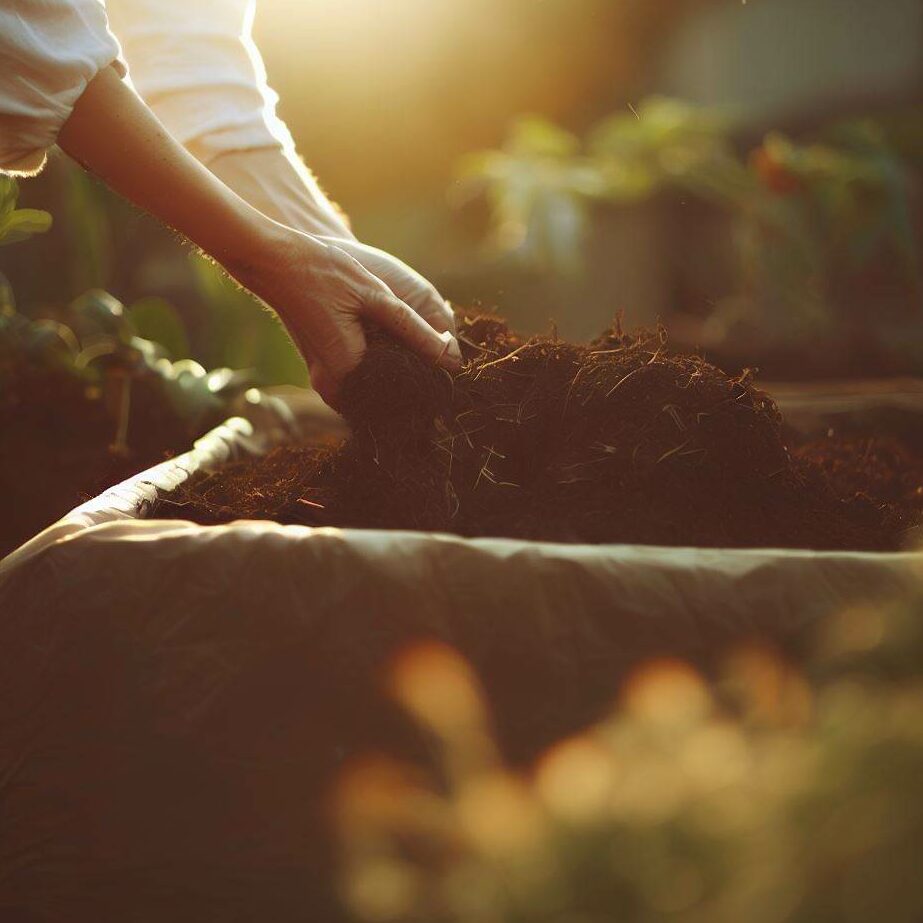
What to Put on the Bottom of a Raised Garden Bed?
This can depend on what you’re planting and the design of your raised bed. Some gardeners use a layer of cardboard or newspaper to suppress weeds, while others use a layer of gravel or stones for improved drainage. If your raised bed is on a hard surface like concrete, you might also want to add a layer of topsoil or garden soil to provide a more natural growing environment for your plants. You can also put old logs and prunings from trees at the bottom of a raised bed. These will give the worms food, and break down and release their nutrients over a long period of time.
Handy Hint: When filling a raised bed, remember to leave some space at the top. This makes it easier to water your plants and prevents soil from spilling over the sides when you’re planting.
Using compost in raised beds can provide a nutrient-rich environment for your plants, but it’s usually best to mix it with other materials for the best results. By choosing the right compost and combining it with other cost-effective materials, you can create a thriving raised bed garden without breaking the bank.
Can You Use Compost as Soil for Grass
A lush, green lawn is a sight to behold, and compost can play a key role in achieving this. But can you use compost as soil for grass? You can, in fact compost can be a fantastic addition to your lawn care routine, providing a wealth of nutrients and improving soil structure. However, it’s important to use it correctly to avoid any potential issues.
Will Compost Kill Grass?
Not if used correctly. Compost can actually be beneficial for your lawn, providing nutrients and helping to improve soil structure. However, if you apply too much compost or use compost that’s not fully decomposed, it can smother your grass or cause nutrient imbalances that can harm your lawn.
What’s the Best Compost for Lawn Seeding?
Well-rotted compost that’s rich in organic matter is ideal. This provides a nutrient-rich environment for your grass seeds to germinate and grow. You can use homemade compost for grass seed, or you can purchase high-quality compost from a garden center.
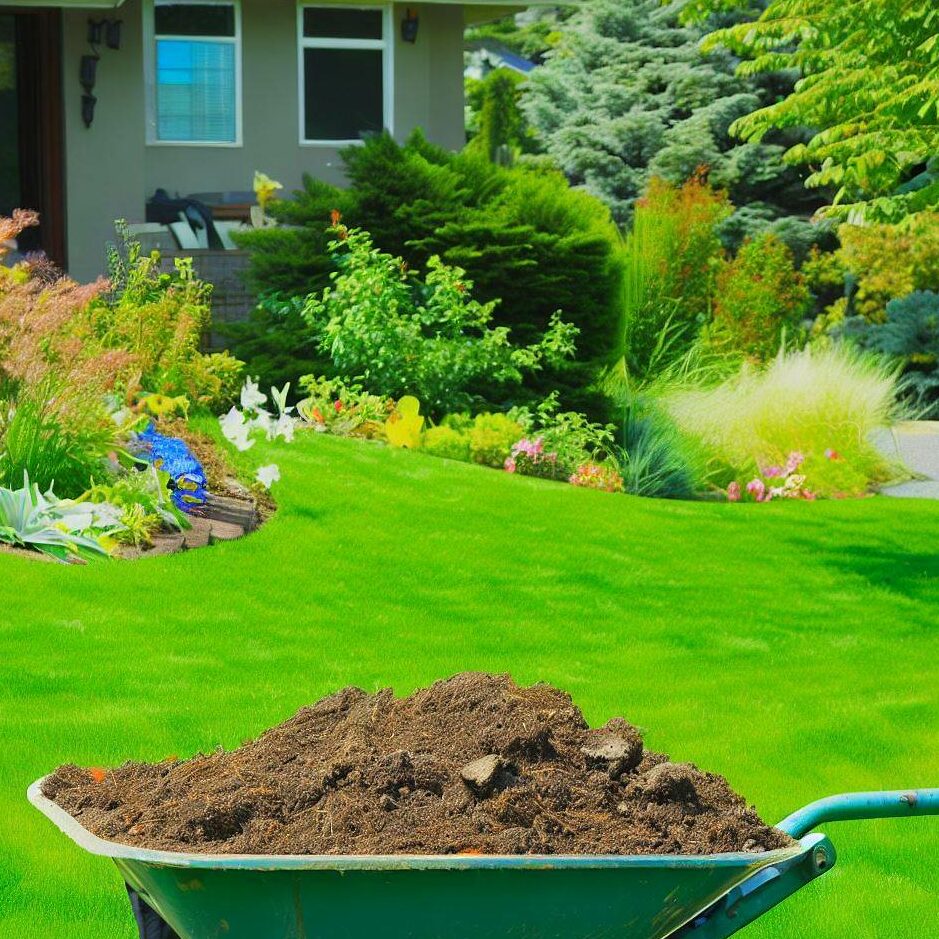
How to Spread Compost on Lawn
The key is to apply a thin layer of compost over your lawn. You can do this using a shovel or a compost spreader. The compost should be spread evenly over the surface of your lawn, at a depth of about 1/4 to 1/2 inch. After spreading the compost, water your lawn thoroughly to help the compost settle into the soil.
Pro Tip: When using compost for your lawn, remember to keep it moist but not waterlogged. Too much water can cause the compost to become compacted and can lead to problems with drainage.
Compost can be a fantastic addition to your lawn care routine, providing a wealth of nutrients and improving soil structure. However, it’s important to use it correctly to avoid any potential issues.

[…] compost should be added to the soil 2-4 weeks before planting. This time frame allows the compost to integrate with the soil and start […]